Recently, an art therapy session titled “How to Release Emotions Constructively” was held for students who are internally displaced persons. This was not merely a meeting, but a deep immersion into the world of body-oriented therapy, where movement, dance, and bodily expression became key tools for emotional release and recovery.
The session was moderated by Vitalii Horhol, Senior Lecturer at the Department of Choreography and Dance Sports; Petro Horhol, Head of the Department of Choreography and Dance Sports, Honoured Worker of Culture of Ukraine, Associate Professor; PhD in Psychology Viktoriia Shevchuk, Associate Professor; PhD in Pedagogy Maryna Teslenko, Associate Professor, Acting Head of Department, PhD in Pedagogy Lesia Klevaka.
The aim of the session was extremely relevant: to help young people release the negative experiences accumulated during prolonged psycho-emotional tension caused by the war and forced displacement. Body-oriented therapy, as one of the branches of art therapy, is ideally suited for this purpose because it addresses the body directly – the repository of unspoken emotions and stress. This method is focused on restoring contact with one’s own body, recognising emotions through bodily signals, releasing muscular tension, and harmonising one’s inner state through free, conscious movement-based self-expression.
The session followed the format of body-oriented therapy, a method within art therapy that aims to restore connection with the body, decode emotions through physical sensations, relieve muscular blocks, and achieve internal balance through free, conscious physical expression.
Accompanied by rhythmic music, students were given the space to express their emotions without judgment, to explore their inner experiences through spontaneous movement, and to give form to what is often challenging to articulate in words. The body typically retains the memory of traumatic events and stress in the form of muscular tension and blocks. Through movement, these blocks can be gradually released, offering a sense of physical and emotional relief.
A significant aspect of this session was the incorporation of waltzing. While the waltz is typically associated with classical, graceful dance, its therapeutic potential is substantial: the waltz’s precise triple rhythm and smooth, cyclical structure offer a sense of order and calm. In the context of war, where life is filled with chaos and unpredictability, such structured movement can evoke feelings of stability, predictability, and safety. Rhythmic movement helps regulate breathing and heart rate, which calms the nervous system. The smooth, uninterrupted flow of the waltz allows internal tension to “melt away,” fostering emotional fluidity and gently releasing feelings rather than bottling them up. It facilitates a transition from rigidity to flexibility and lightness.
Even when waltzing was done individually, it retained elements of partner dance, which may subconsciously activate the need for connection, trust, and harmonious interaction – aspects often lacking in conditions of isolation. This contributes to the restoration of a sense of belonging and alleviates feelings of loneliness.
As an art form, the waltz enables the expression of complex emotions through the grace and beauty of movement, which can be healing and impart a sense of dignity and strength in the expression of one’s inner experiences.
Participation in a structured yet liberating dance form helps restore a sense of control over one’s own body and movements – a critical factor for individuals who have experienced a loss of control over their lives due to external circumstances.

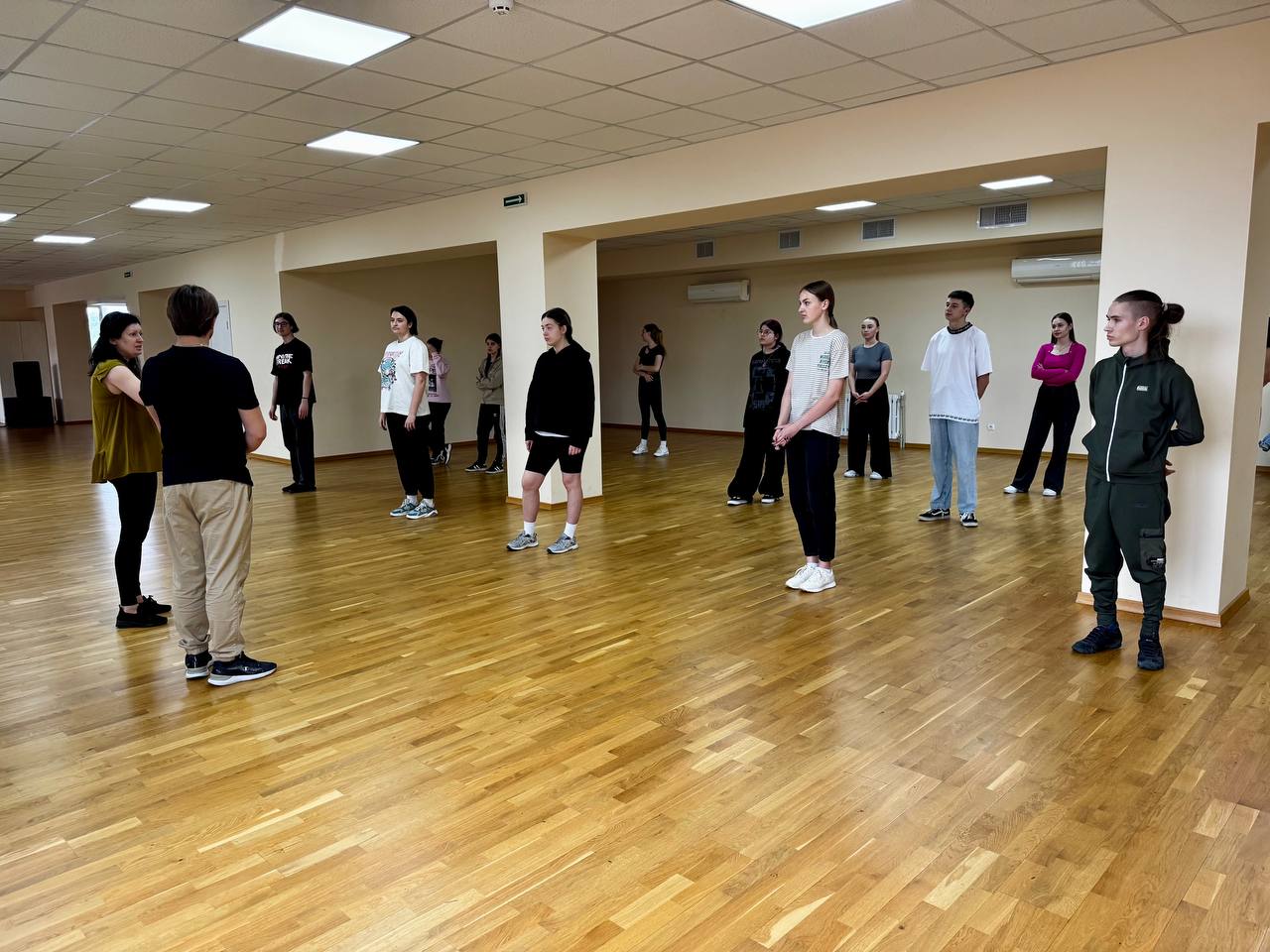
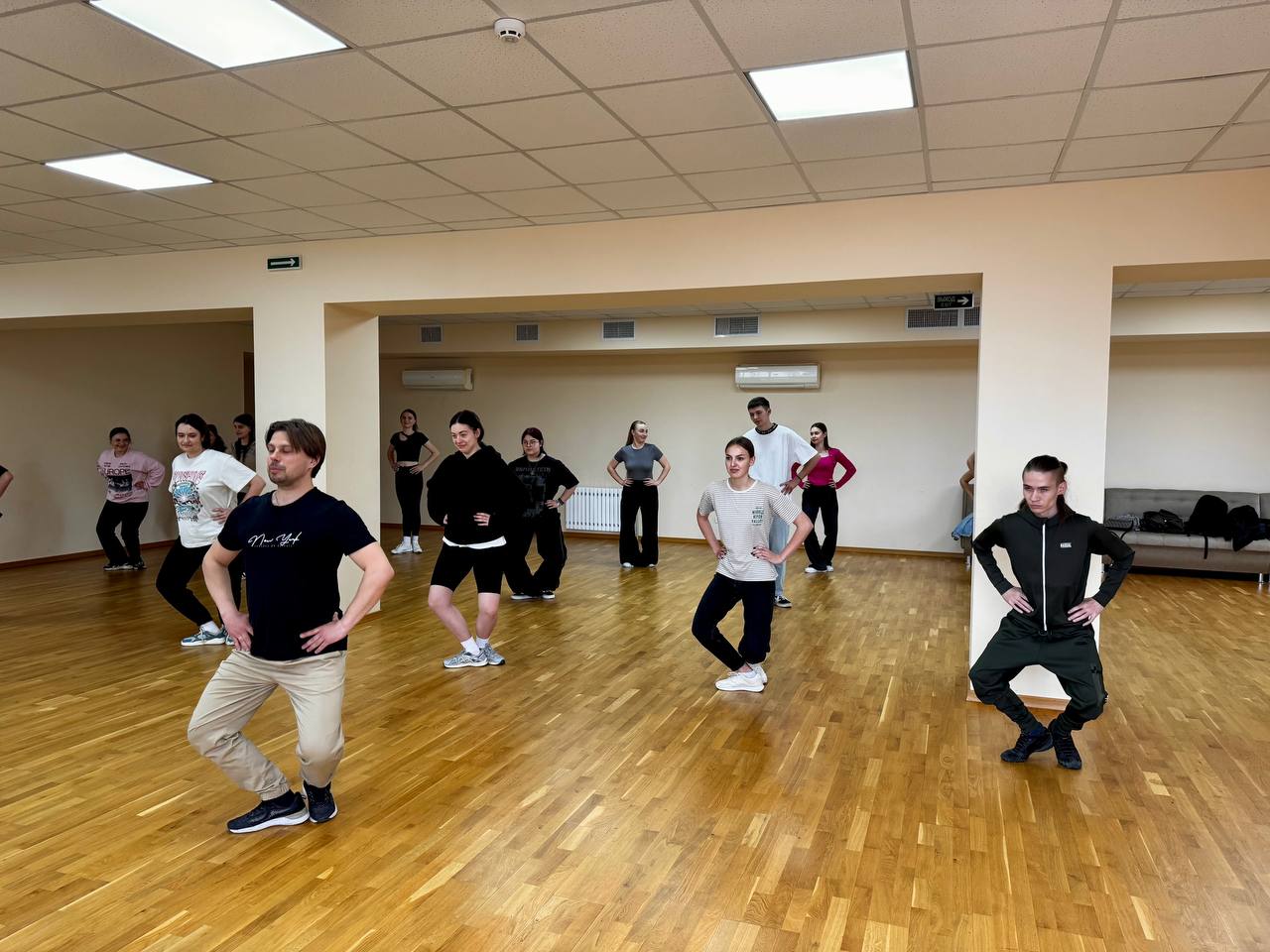
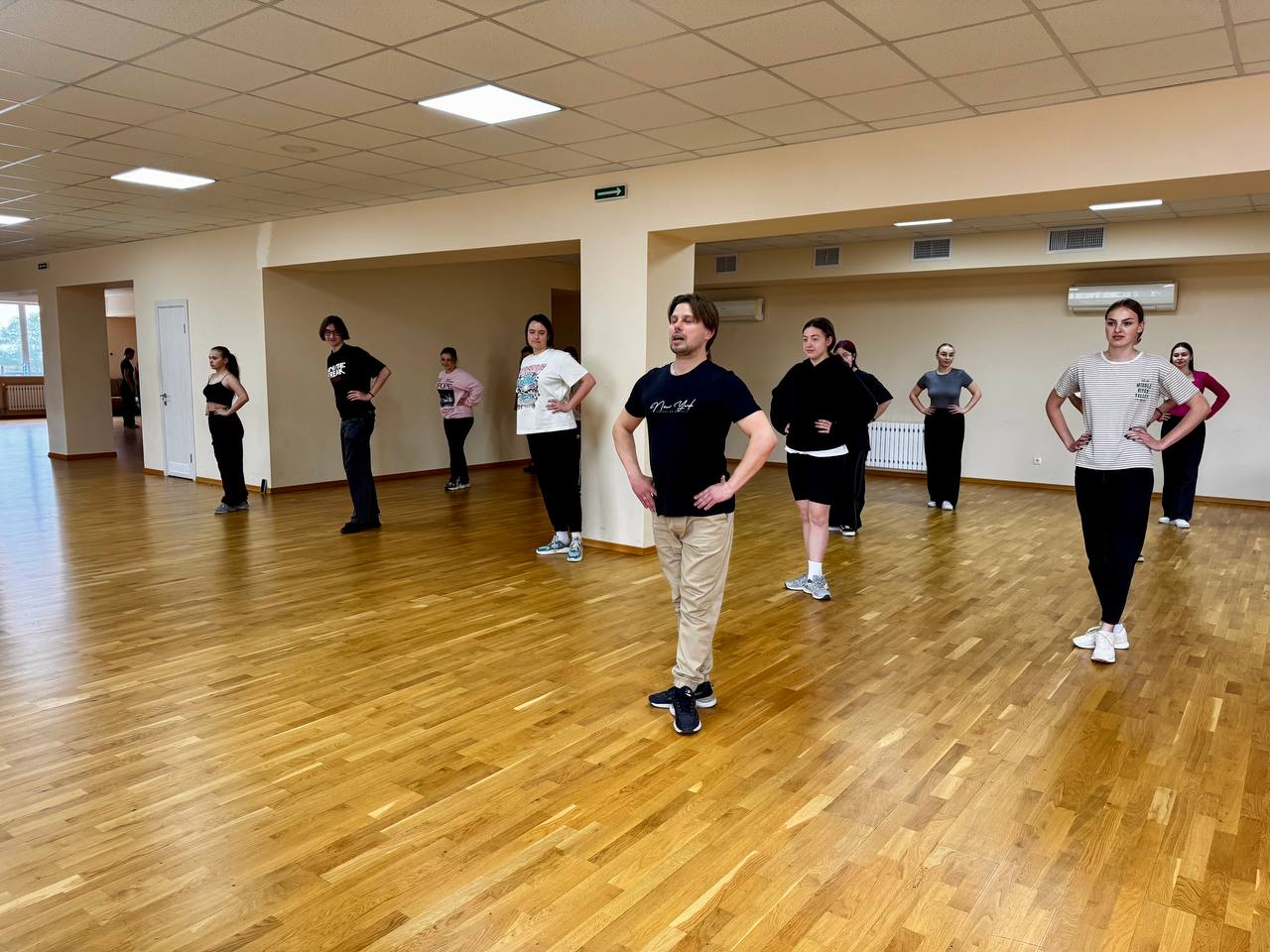
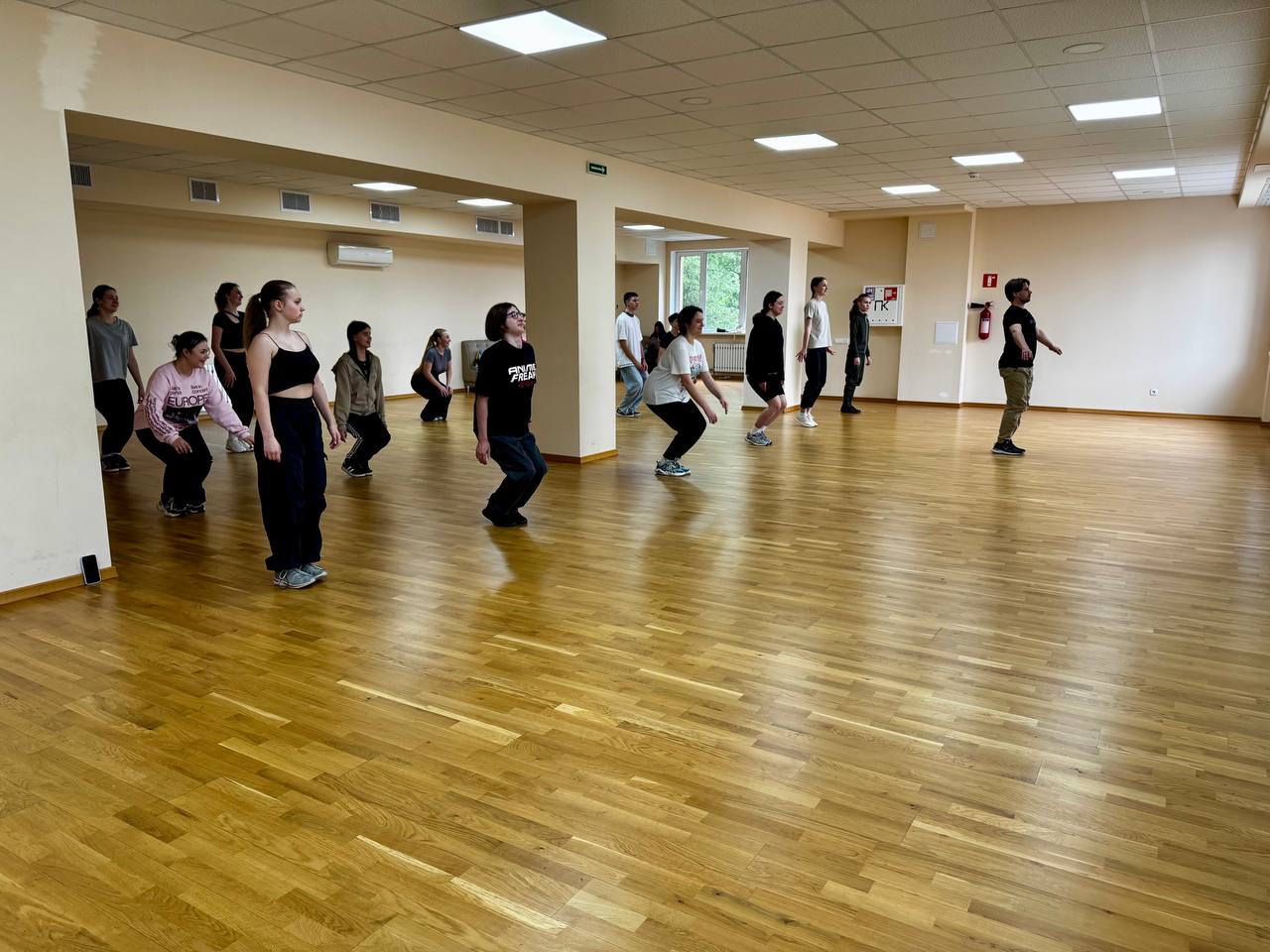
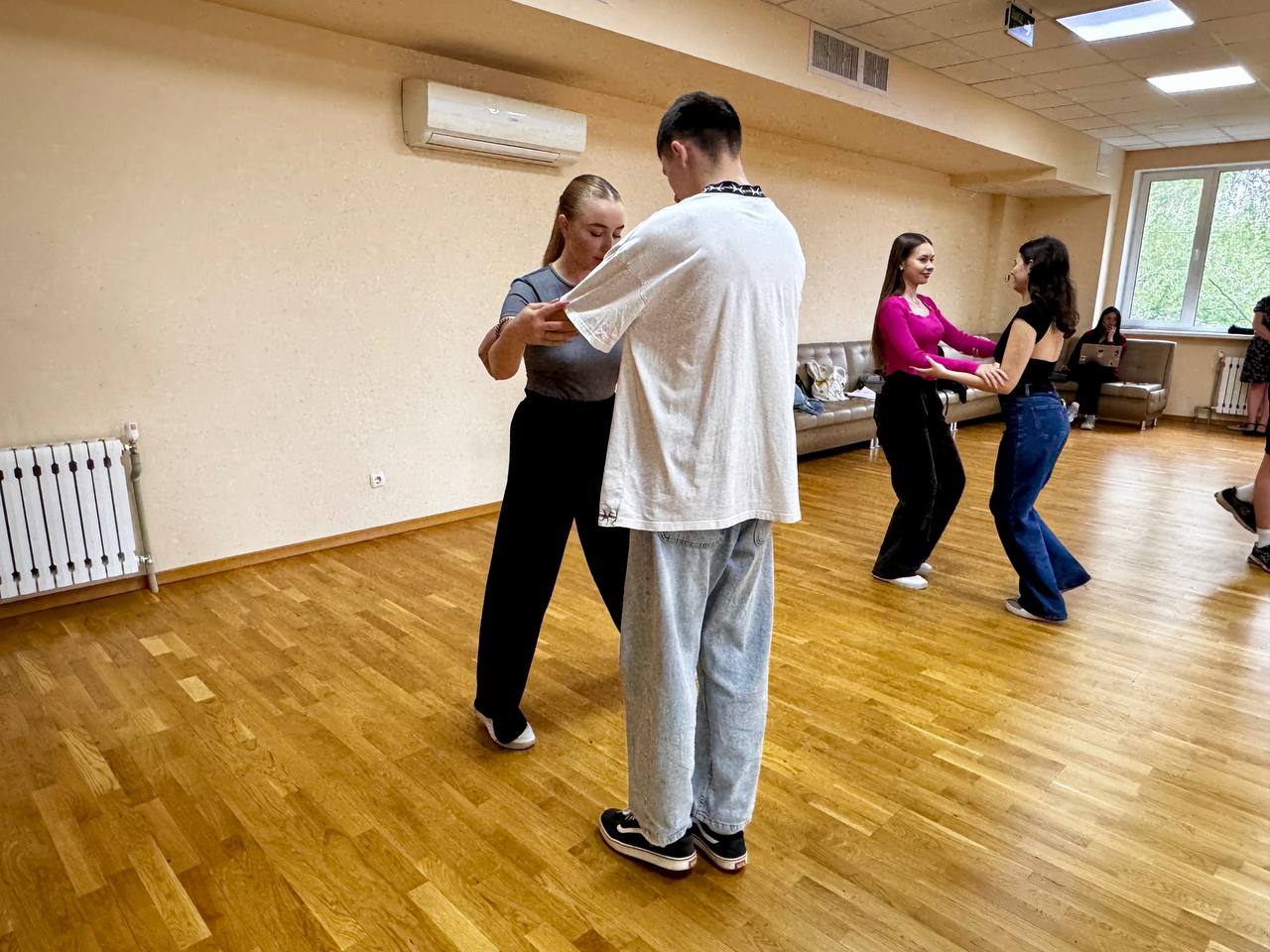
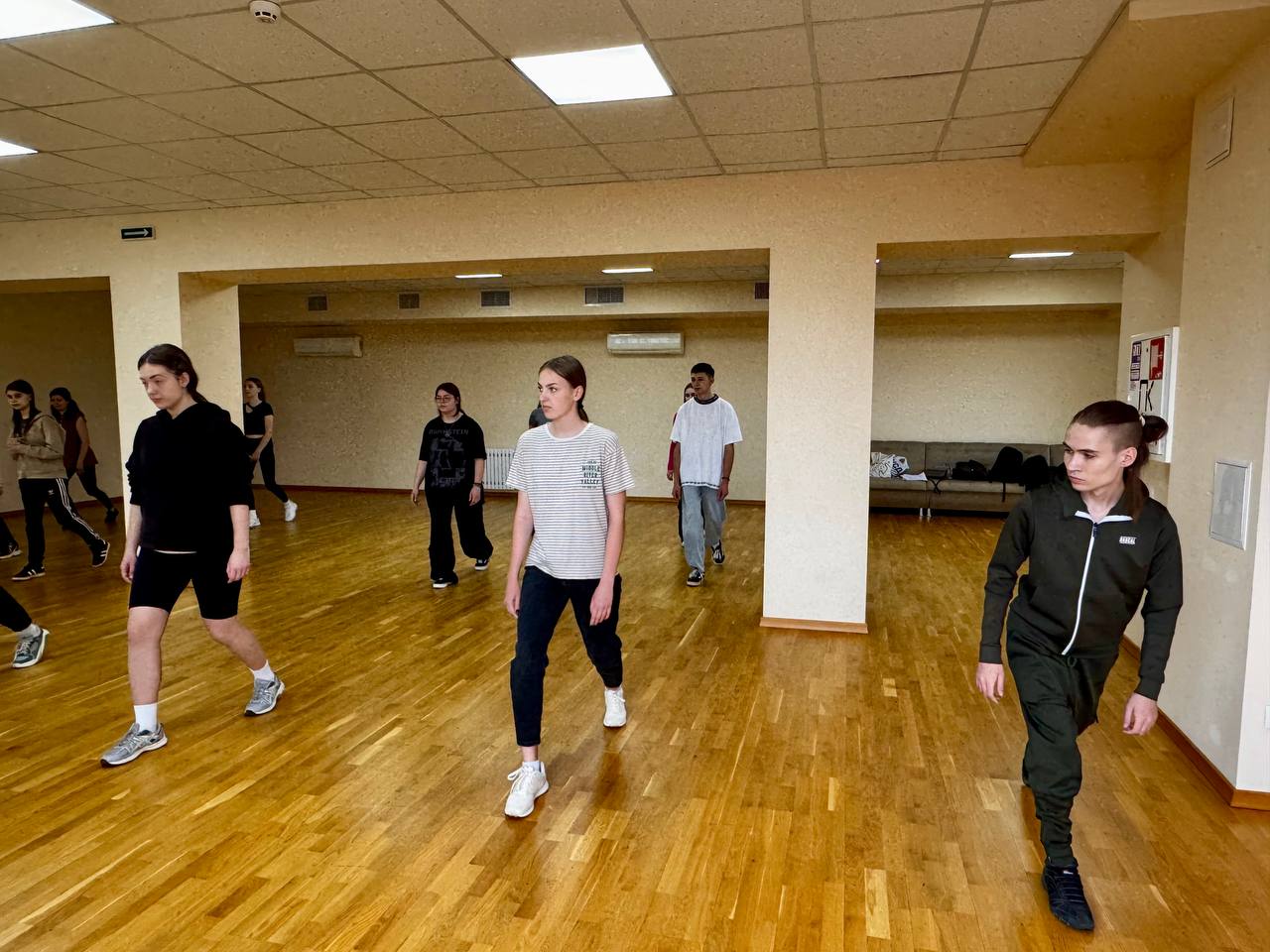
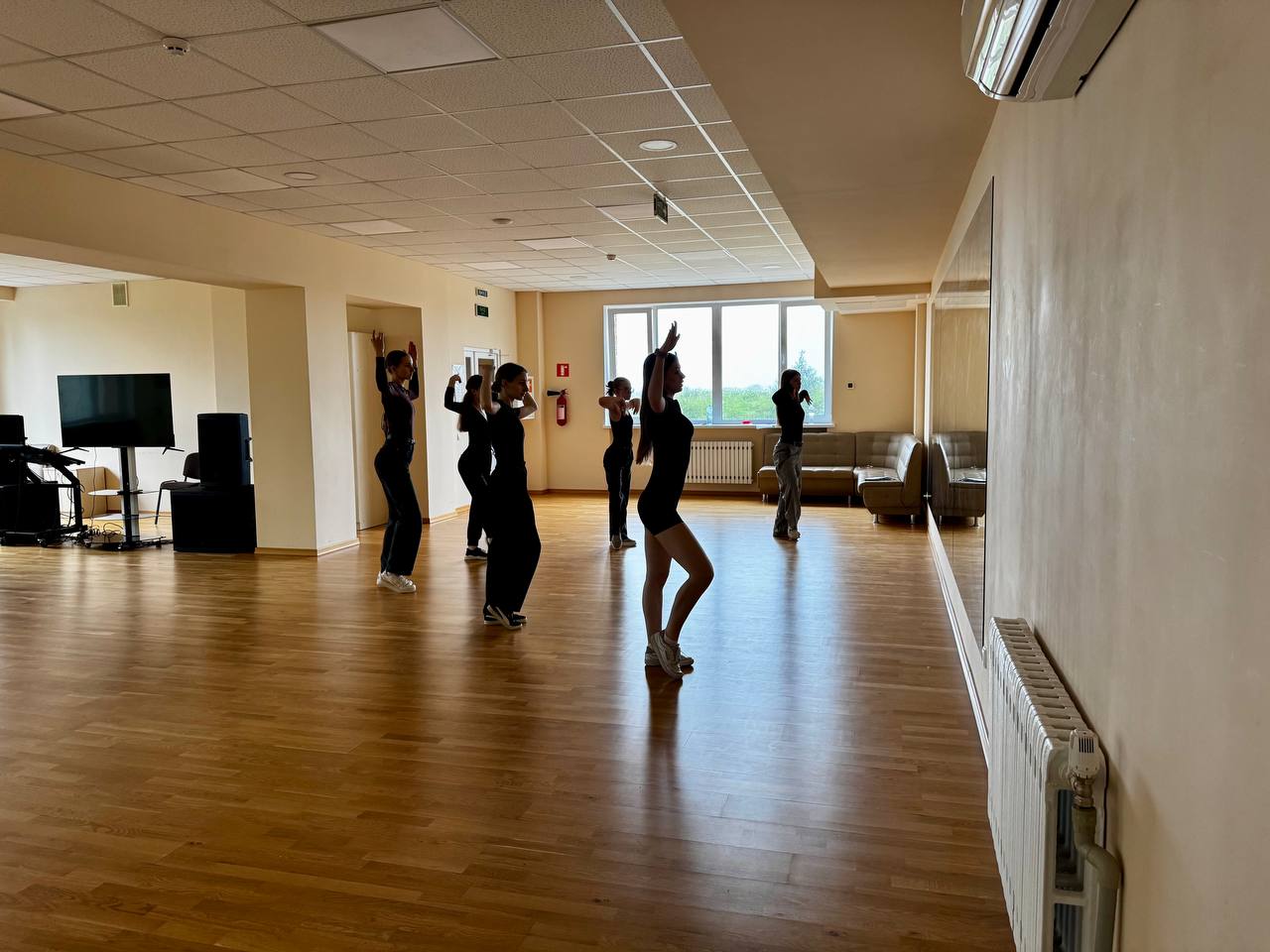
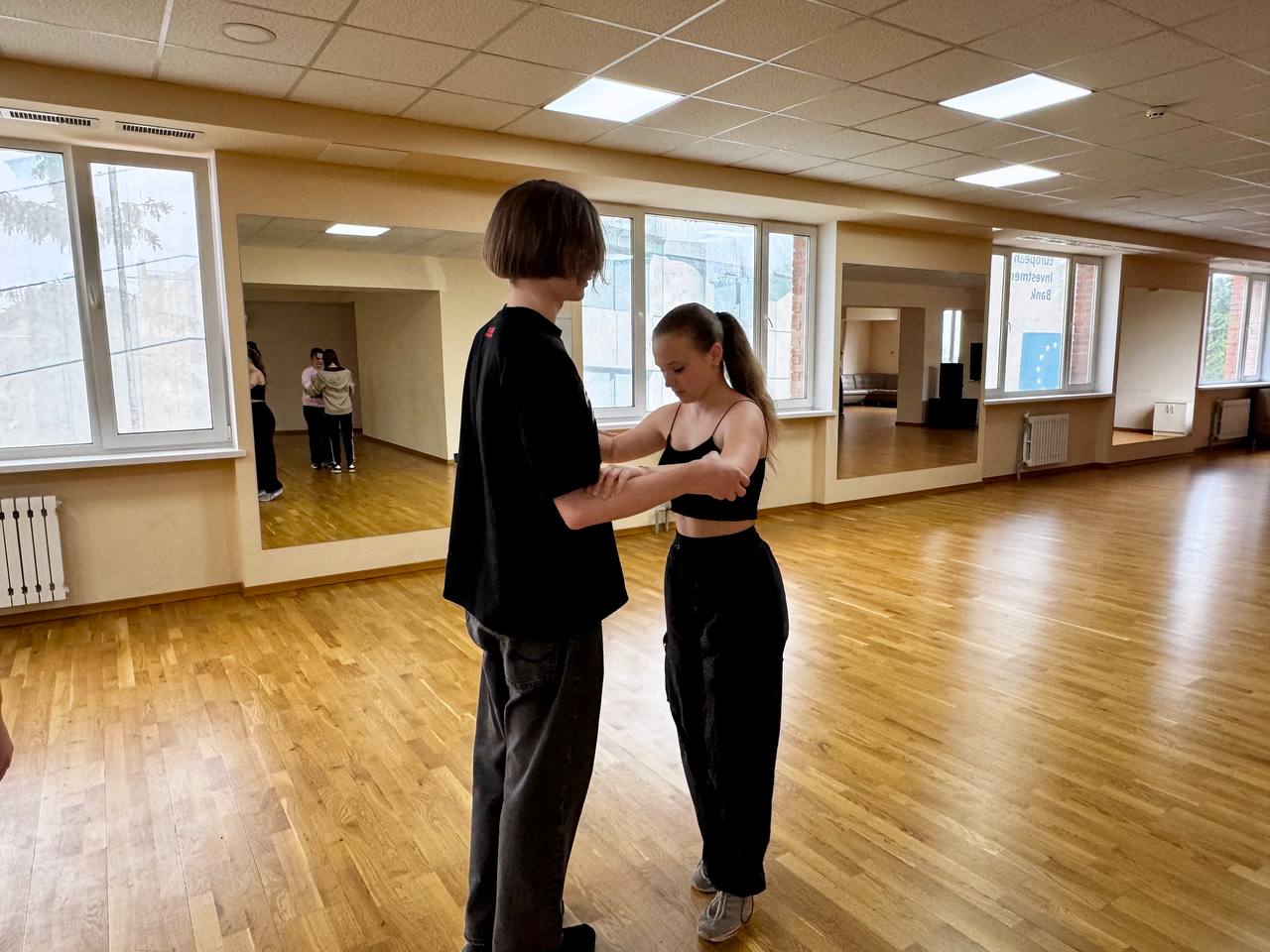
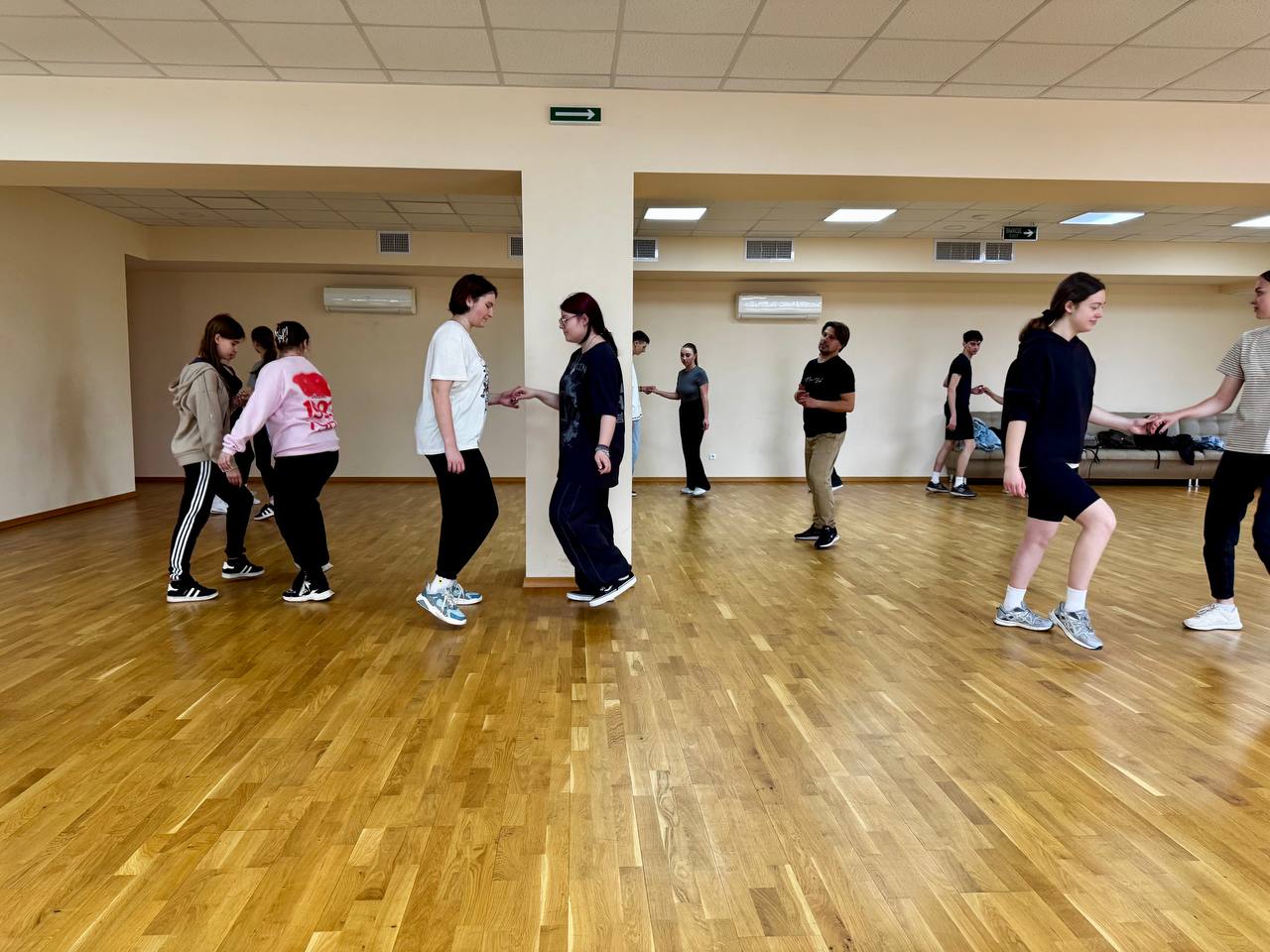
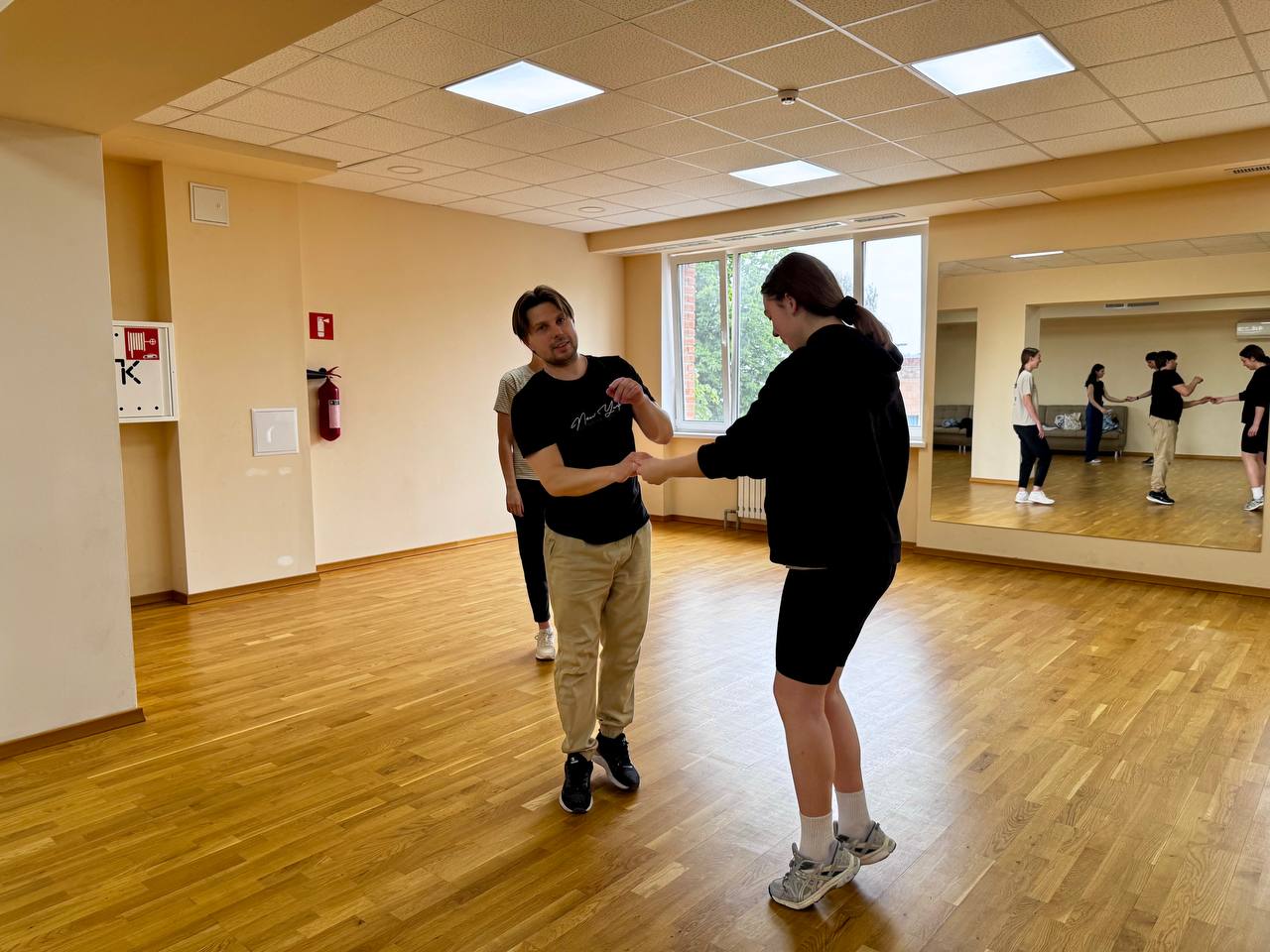

Participants reported that after the practice, they felt a sense of lightness, emotional release, renewed energy, and an inner sense of stability and grounding. The atmosphere of support, acceptance, and freedom enabled everyone to access and process personal emotions within a safe space. This demonstrates the profound psychological impact of the session, which helped transform accumulated tension into constructive energy and a sense of inner equilibrium.
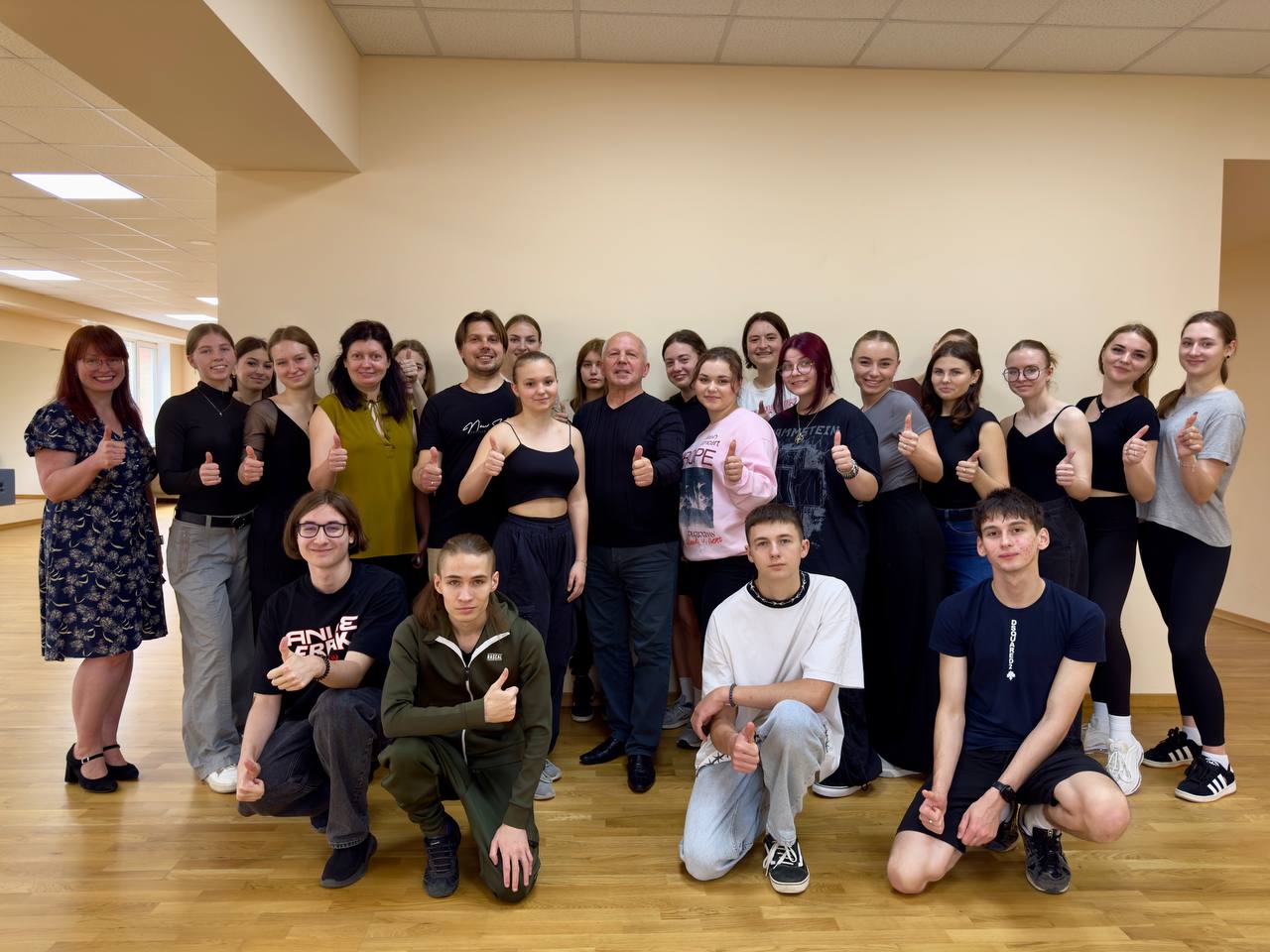
This session marked another meaningful step in the implementation of the Erasmus+ KA220-ADU TRUST project – Trauma of refugees in Europe: An approach through art therapy as a solidarity program for Ukraine war victims (Grant No. 2024-BE01-KA220-ADU-000257527). The project is co-funded by the EU and led by the Centre Neuro Psychiatrique St-Martin from Belgium, in partnership with the National University «Yuri Kondratyuk Poltava Polytechnic» (Ukraine), Greek Carers Network EPIONI (Greece), Fondazione Don Luigi Di Liegro (Italy), Lekama Foundation (Luxembourg), EuroPlural Project (Portugal).
Media Centre of
National University “Yuri Kondratyuk Poltava Polytechnic”



